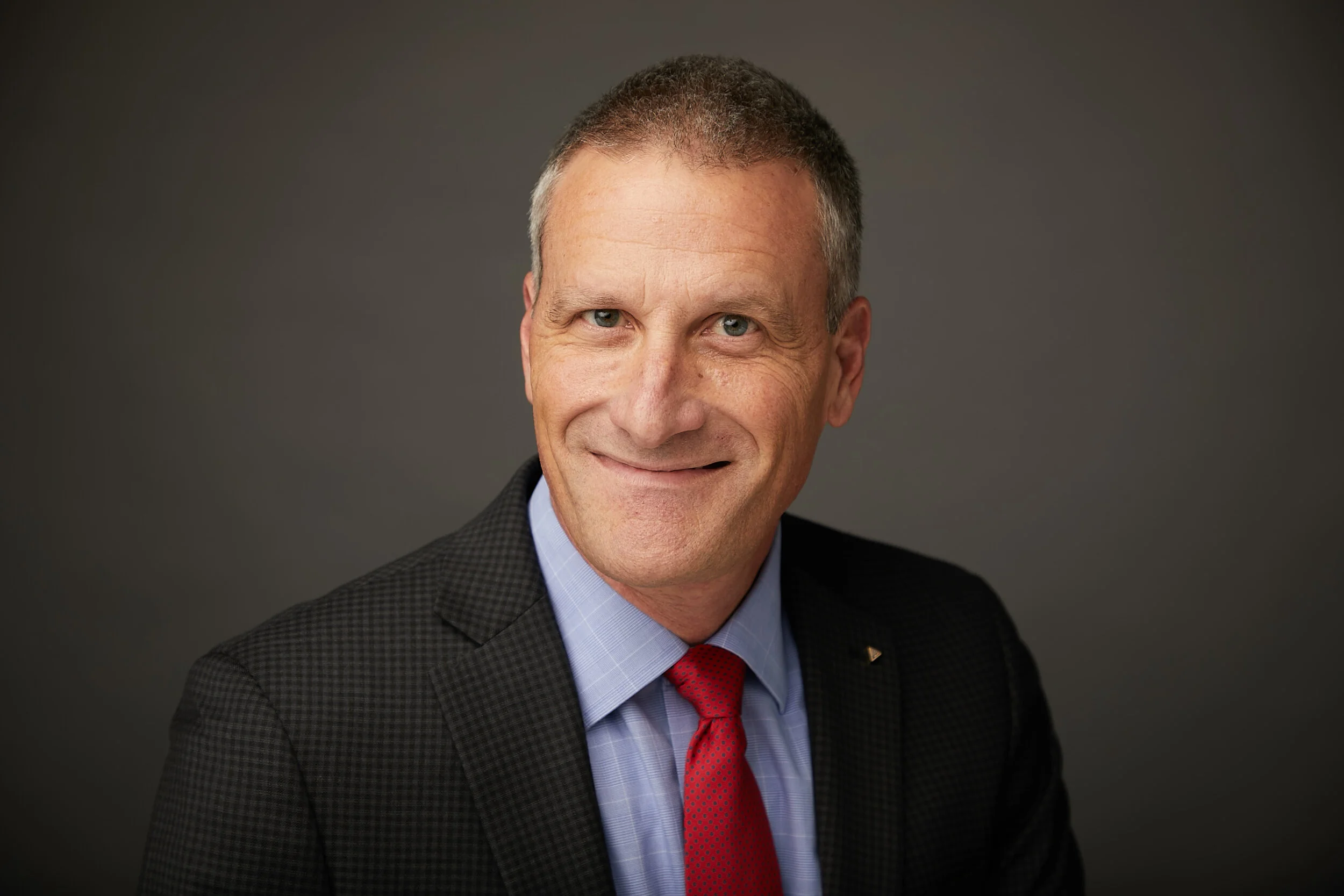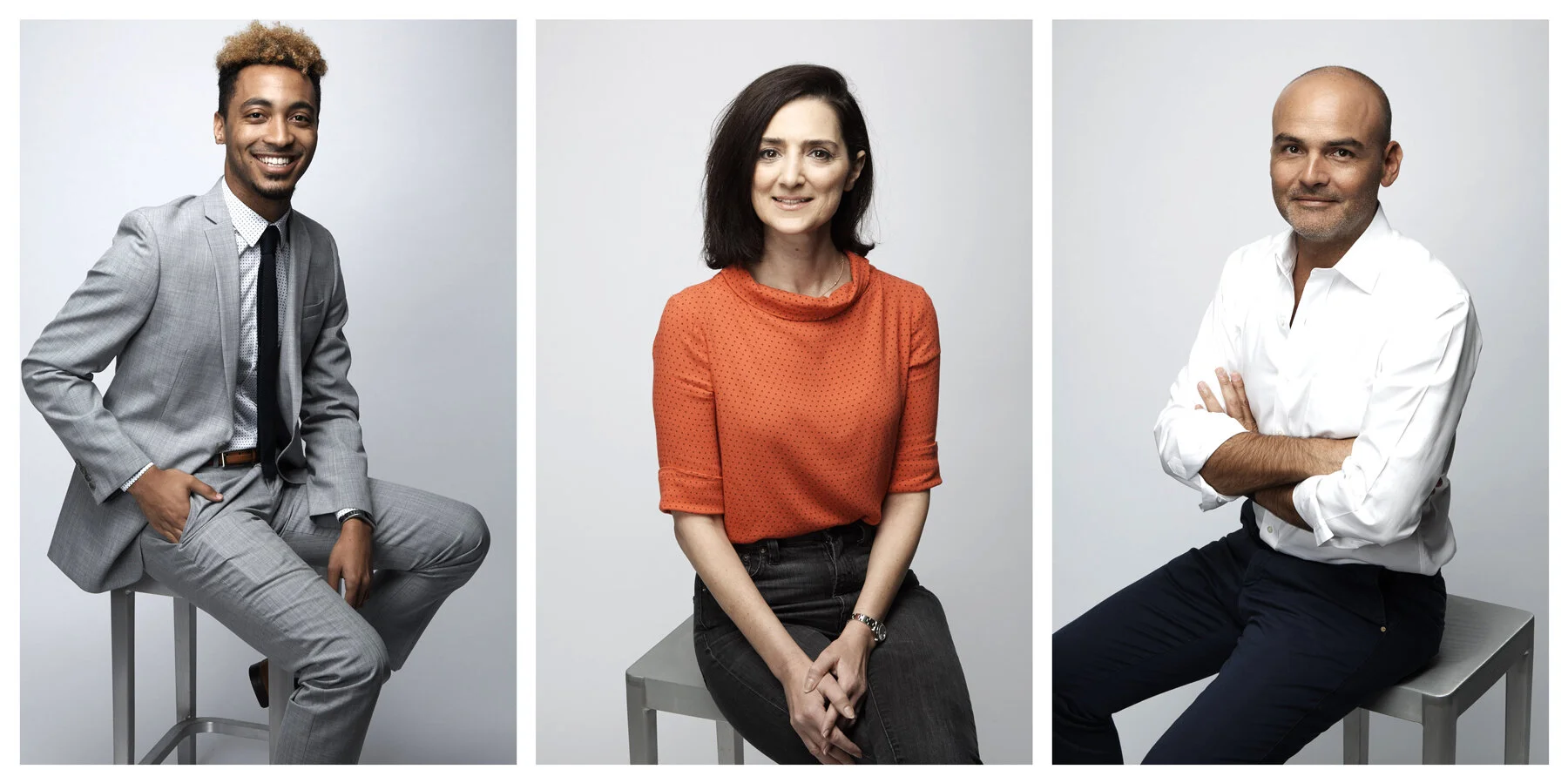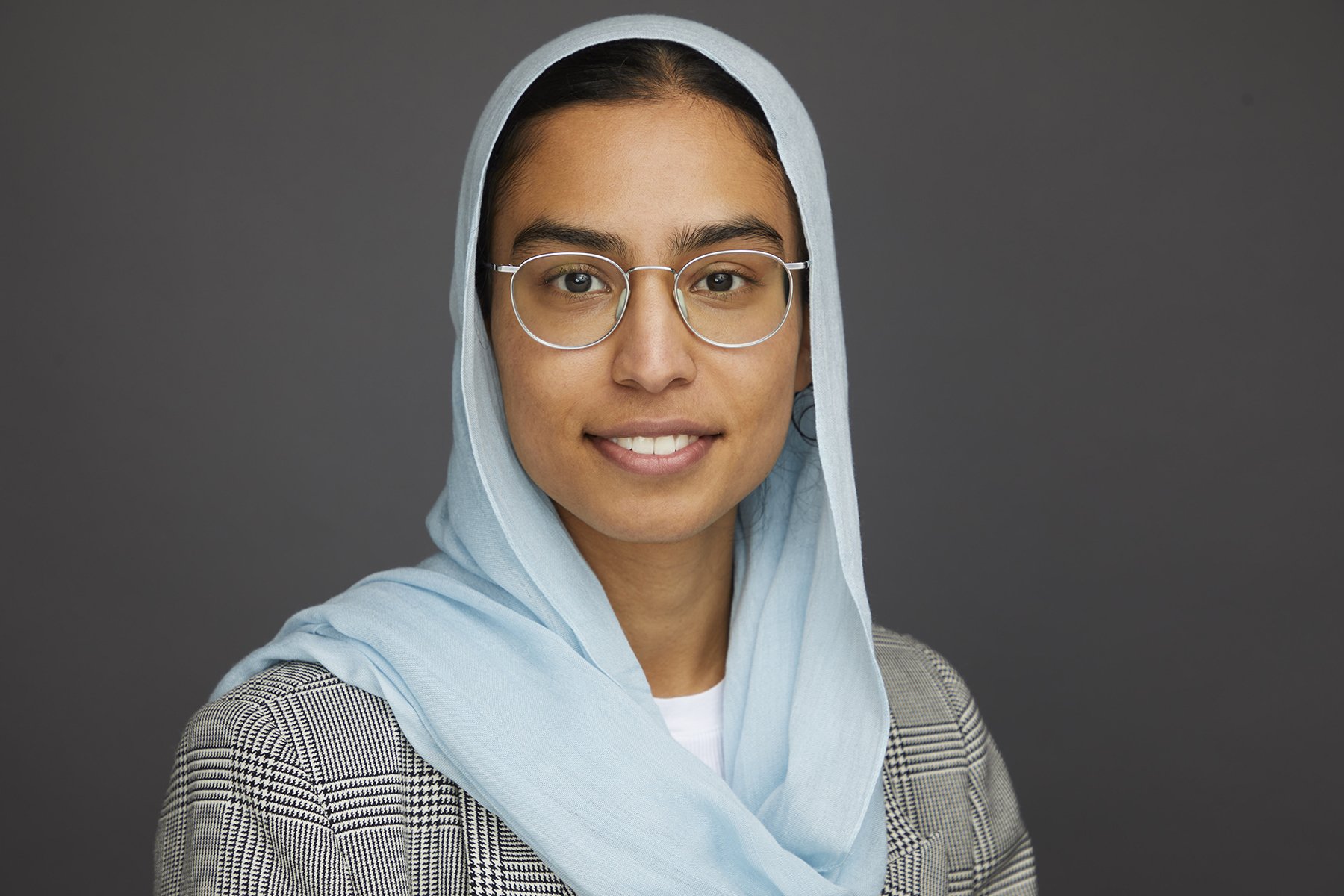Candid Photography As a Visual Tool
We talk constantly about corporate headshot photography, what our New York corporate headshot photographers can do for your firm. We talk about technical things that corporate headshot photographers use to make a better shoot, like lighting, background colors, how to dress, etc…
There are other types of photography that are relevant for businesses and could help deepen your connection with potential clients. If you are business that has public facing materials, you should think about how candid photography could add to your presentation.
So what is candid photography and what does a candid photographer do that is different from our New York corporate headshot photographers? Candid photography is when you take pictures of actual, authentic moments as they happen. It is about capturing something real through photography without setting it up or posing someone. Here are a few examples of corporate candid photography and business photography...
Can a corporate headshot photographer also do candid photography? Often, yes. Many of our New York headshot photographers have skills doing candid photography, but not all. If we were to be contacted by a client for both, we would think through what the client needs, what the environment demands and which of our shootings that have both corporate headshot photography skills and candid business photography skills would be a good fit.
Candid and staged photography happen on a continuum with one at one end and one at the other end. For example, a candid corporate portrait can happen during a headshot session. Everything is set up, we are asking the subject to pose a certain way and the subject is trying to portray a certain professionalism through his or her posture and positioning. But while all this happens, that person is still, well, a person. They might react to something and laugh, or smile or look in an unexpected direction. This would be more of a candid moment that is part of a studio shoot. Everything happens somewhere in between these two ideas of candid and staged.
What about posed photography that appears to be candid?
We have all seen those photos on a website where everyone is leaning in around someone's desk. Or there is the boardroom shot where someone is standing at the head of a long table giving a presentation. Maybe you have seen the bank teller greeting a client. Everyone is wearing well-fitted clothes, their hair is styled, but not overly so, and they have just the right expression of thoughtful or welcoming and friendly.
Are these shots actually candid photos caught at just the right time? Probably not, but they still have that feel and can be a great way to illustrate something about your business. Unless you are shooting for the NY Times or acting as a photojournalist for someone else, there is nothing wrong with trying to make a staged moment look natural and candid. It is a totally legitimate thing to plan out your photography so it tells a story. Maybe it helps share the idea that your company collaborates and uses technology. Maybe you want it to position you as the company with the highest expertise or the most welcoming. Maybe it helps illustrate an actual process, or shows a potential client how it feels to be in your space.
And inside of this staged candid moment, there is still that continuum. These photos can be completely staged, including props, sets, actors etc. Or they can happen in an actual places where people work and are interacting with each other or clients. How it is done really depends on what a company wants the end result to be. Does the business want something relaxed illustrating a day in the life of their company? Or do they want something very pulled together that is sticks closely to their important set of branding guidelines. Budget can also be a huge factor for achieving these kinds of photos.
And then there is social media.
Not all companies are on social media, but many, many, many are. Companies choose a channel (Instagram, LinkedIn, etc.) that best fits their demographic and messaging. Then they put together a strategy with a content calendar helping them plan how they can share the images with their audience. For some companies, this can be a looser, more behind-the-scenes outlet which calls for a looser, more candid group of images. Perhaps you are an architect and you are mid-project on new apartment building. You might want to include images of what has been happening on-site so that future residents can get excited about moving in. Maybe you take a photo of a fixture or a rooftop deck being installed, using the details to get people interested.
Does your staff participate in any interesting activities as a group and do they relate to your business in any way? Perhaps a shot of a group doing a charity project or attending an award ceremony for an industry association are candid images that this company would want to include on it's social media feed. You don't always need a our New York corporate headshot photographer or candid photographer in this case. A cellphone photo could work just fine. But it is important to think about how you plan to get that photo. If you know a moment is going to happen, plan for it appropriately. Does someone on your team know they should be taking the photo? Will they be in a good position to do it? Where in the room do they need to stand to get the photo? Think through what kind of planning needs to happen to make sure the photo can get made.
In Summary – We say Yes!!! to Candids!
Headshots are a really important tool in connecting with your audience and potential clients. The next step is to tell your company who you are as a group. Candid business photography can be a really good tool to help you better fill out what you want people to know about your company.
























































































